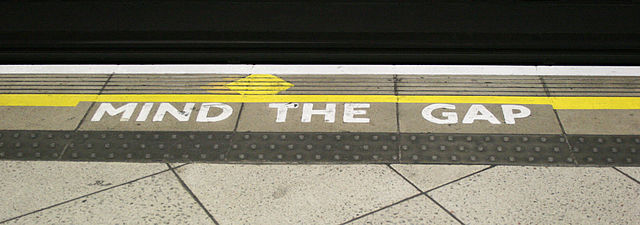The Canadian Virtual War Memorial (CVWM) database, and Books of Remembrance, include more than 118,000 Canadians and Newfoundlanders who have died in military service since Confederation.
It records the following breakdown from the Books of Remembrance: First World War ( 66,339 entries), Second World War ( 44,778), Newfoundland ( 2,396), Korea (516), South African War / Nile Expedition (296), Merchant Navy (2,206), In the Service of Canada (1947 – 2014) ( 1,912), In the Service of Canada, Vol II (2015 – ) (82). That’s a total of 118,525. There’s also a book for the RCMP (225).
The Commonwealth War Graves Commission (CWGC) maintains a database that includes 65,003 individuals who died serving with Canadian Forces during the First, and 45,388 during the Second World War.
Why the differences?
1, The Books of Remembrance seperate out Newfoundlanders from Canadians. 1,614 Newfoundlanders died during WW1, 739 during WW2. The CWGC combines them with Canadians.
2. The CWGC database records deaths by nationality of the unit in which they served whereas the CVWM includes all “Canadians” who served with Canadian and allied forces. For instance, there are 41 deaths for Canadian serving in the Royal Army Medical Corps, Canadian medical personnel were actively recruited. More unusually, Oscar Cameron died on 24 January 1918 serving with the Australian Infantry, A.I.F. 59th Bn. His parent’s address is in Nova Scotia.
3. There could be confusion as there was no such thing as a Canadian Citizen until the passage of the 1947 Canadian Citizenship Act. Before that Canadians were legally British Subjects.
4. The CWGC website search tool finds 143 WW1 entries and 1,289 for WW2 for merchant mariners. The Canadian Merchant Navy Book of Remembrance records 680 deaths for WW1 and 1,592 for WW2. The difference appears to reflect Canadian merchant mariners serving on non-Canadian registered ships.
In case you’re not sufficiently confused by the above, the four volume, four book set by Robert P. “Bob” D’Aoust, published under the collective title They Gave There All, lists a total of 1,701 Canadian Merchant Sailors including 5 women who died while serving with the Merchant Navy.
Canadian Merchant Navy 1939-1940 Vol. 1 – lists all 199 (198 men and 1 woman) who died serving Canada between 1939 and 1940. 305 pages
Canadian Merchant Navy 1941 Vol. 2 – lists all 483 who died serving Canada in 1941. 535 pages
Canadian Merchant Navy 1942 Vol. 3 – lists all 629 (626 men and 3 women) who died serving Canada in 1942. 723 pages
Canadian Merchant Navy 1943-1947 Vol. 4 – lists all 390 (389 men and 1 woman) who died serving Canada between 1943 and 1947. 529 pages.


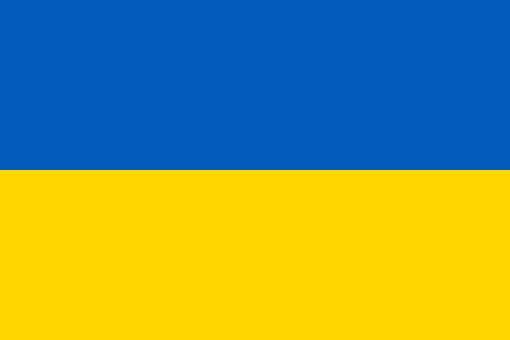

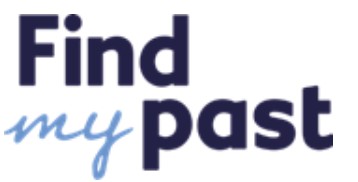 Protestation Returns 1641-1642 are transcript records of those who took the oath of allegiance to the Protestant religion.
Protestation Returns 1641-1642 are transcript records of those who took the oath of allegiance to the Protestant religion. With this
With this 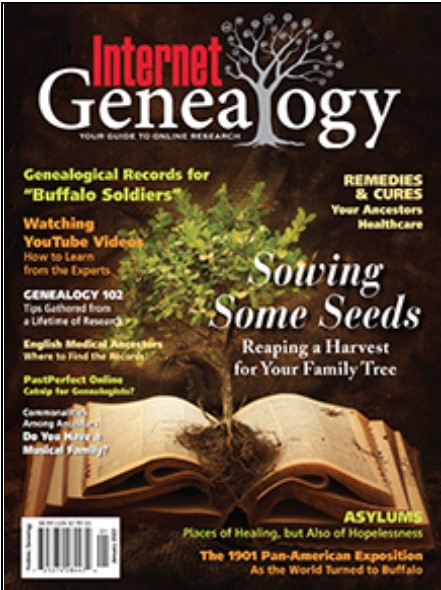 15 December was the official publication date for the new issue. Here’s editor/
15 December was the official publication date for the new issue. Here’s editor/ There are two featured articles in the issue.
There are two featured articles in the issue.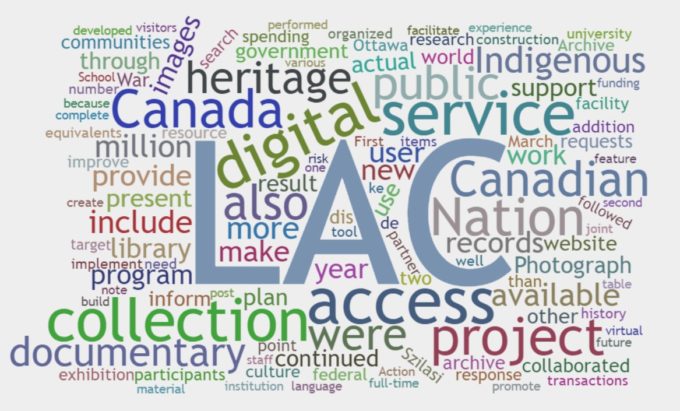 The annual Departmental Results Report, tabled in the Commons, is available
The annual Departmental Results Report, tabled in the Commons, is available 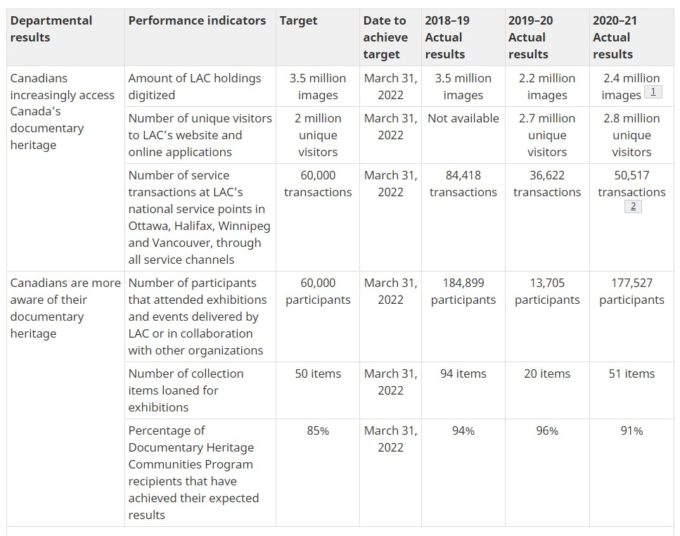
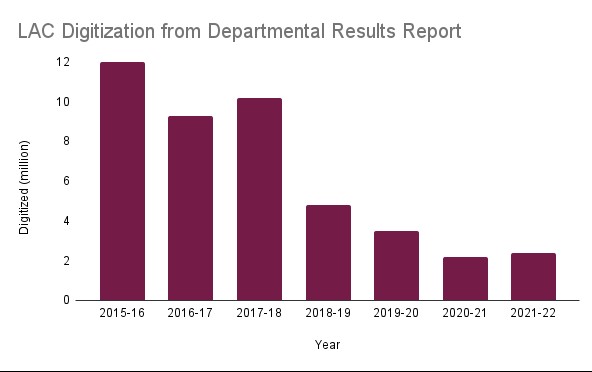
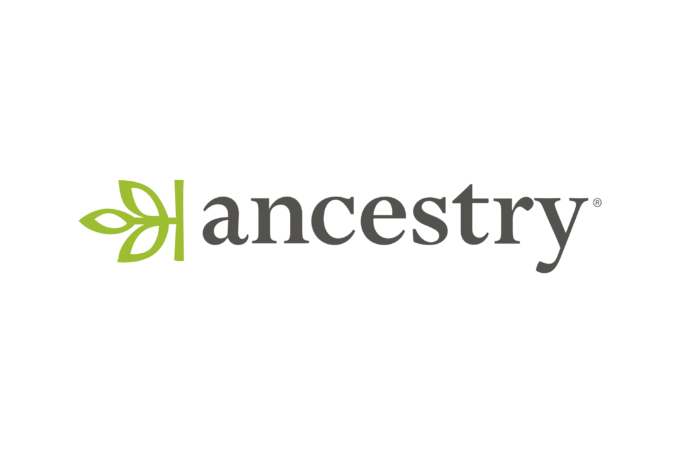 Two major new databases, electoral registers for East and West Sussex, arrived on Ancestry on 12 December.
Two major new databases, electoral registers for East and West Sussex, arrived on Ancestry on 12 December.